Apple Science Experiment: Prevent Browning
This post may contain affiliate links.
My kids love eating apples, but they really don’t love it when they turn brown. We decided to try a fun apple science experiment so they could learn what keeps apples from browning. (See 200+ more STEM projects for kids)
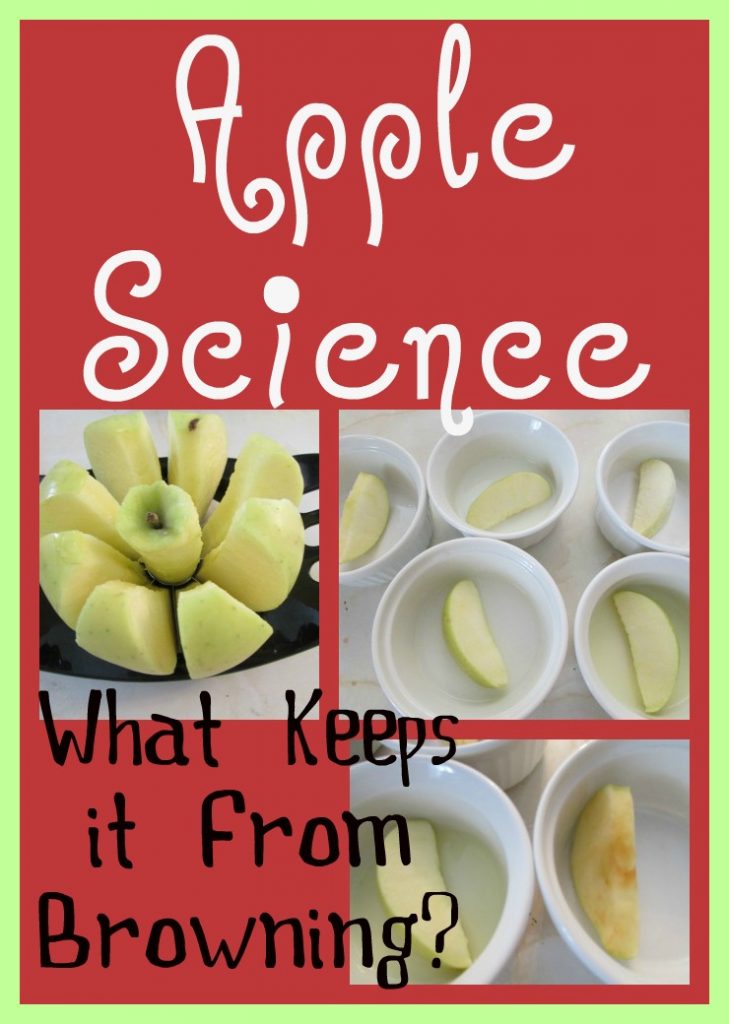
We first talked about why apple brown and discussed the comparison with rusting (oxidation). It is a chemical reaction with the oxygen and an enzyme in the apples. This helped the kids understand why it happened.
How to Do the Apple Experiment:
To do this apple science experiment, you’ll just need a few items: an apple, a knife, a few bowls, and various edible liquids.
I already knew the answer to this apple oxidation experiment, but I didn’t want to let my kids know about it. I let them choose various substances and liquids from the kitchen to soak the apples in. I did make a suggestion of lemon juice, but let them choose the other things.
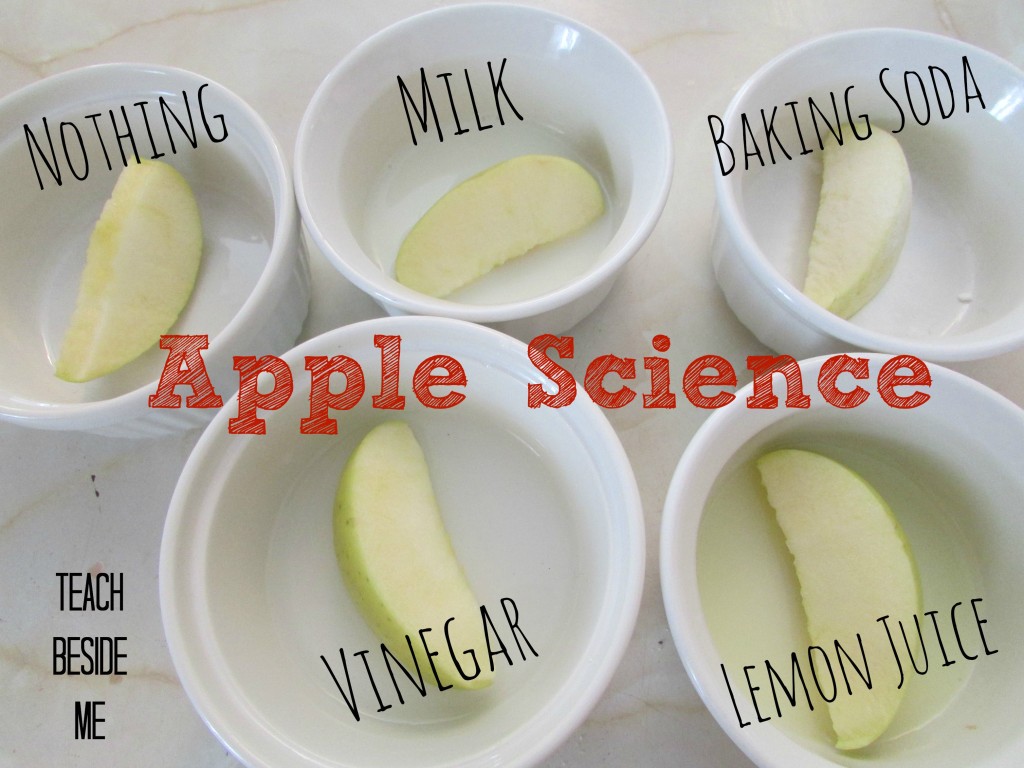
The kids chose vinegar, milk and baking soda. Another good one to try is salt water. Just to give them a comparison, I left one with nothing on it (the control variable). You could also use plain water as the variable.
We sliced the apples and put the slices into each substance to soak. Label them so you remember which one is which. We left the apple slices soaking for about an hour.
Let kids make their own hypothesis about which one will work best. They were excited to see the results. Their guesses were not correct… Check out my Scientific Method printables to help you teach this!

While some liquids might work better than others, taste is important, as well. If you soaked apples in salt water, they would not taste nearly as good!
How to Keep Apples from Turning Brown
I then explained to them that lemon juice helps keep the apple from browning, because it is full of ascorbic acid (Vitamin C) and it has a low pH level. Ascorbic acid works because oxygen will react with it before it will react with the enzymes in the apple. Once the ascorbic acid gets used up, the oxygen will start reacting with the enzymes in the apple (polyphenol oxidase) and browning will occur. Did you know why apples turn brown?
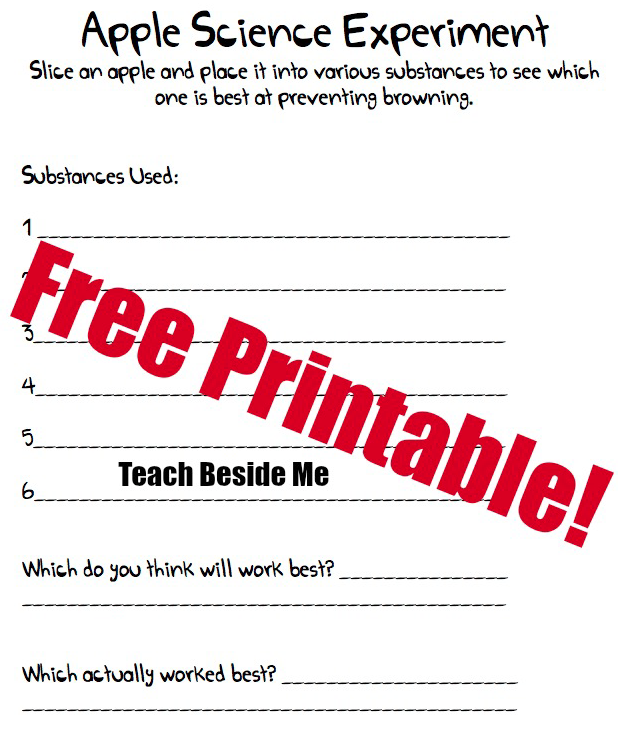
DOWNLOAD the free printable apple browning experiment worksheet now!
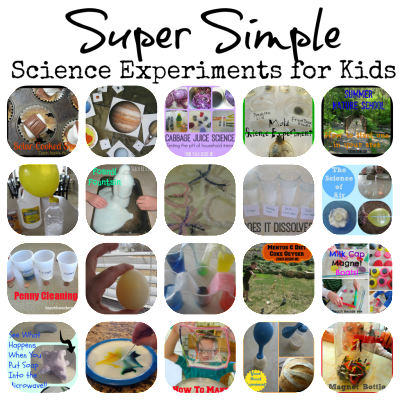
Want more simple science experiments? Check out this big list of Simple Science Experiments for Kids!
Also, a little more on Oxidation with this Rust Experiment!

A Few More Apple Learning Ideas:
A magnetic science activity to go along with the book 10 Apples Up on Top
Ways to Play with an Apple Carton
All About Apples- Great list of apple learning and play ideas!
Extend the Learning with Some Apple Books:

How do Apples Grow? by Betsy Maestro
Apples by Gail Gibbons
The Season’s of Arnold’s Apple Tree by Gail Gibbons
Apples, Apples Everywhere by Robin Koontz
Apple Farmer Annie by Monica Wellington
Apples, Apples, Apples by Nancy Elizabeth Wallace



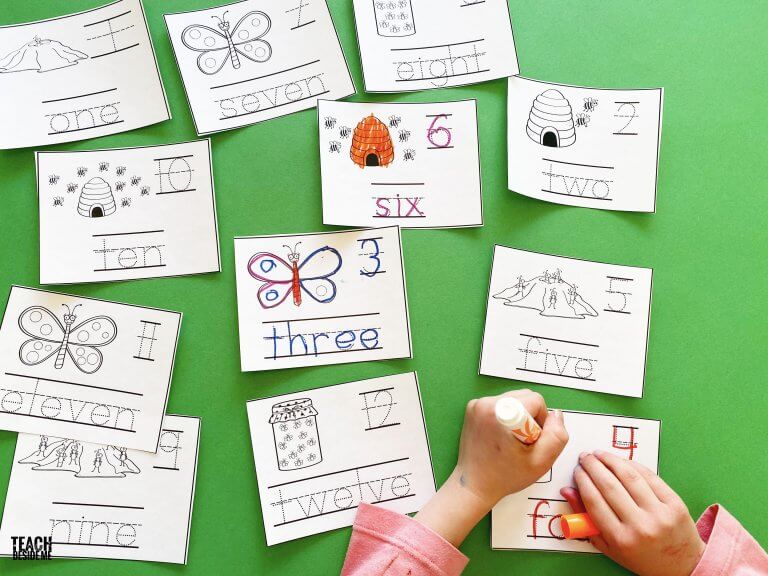



Always looking for more fun science experiments! Pinning this one!
I wonder what the variables are
the dependant variable is how much the apples browned and the independent variable is the liquid used
I hear you but then i still have a question, if you were to record in on a table or a graph for that matter, how would you measure how much it has browned? By sized? Because i am stuck now
This version of the experiment seems to generate a simple yes or no result as opposed to a measurable DV. If you need to quantify the dependent variable, perhaps try identifying quadrants on each apple slice and discussing the amount of browning as percentages? Or… maybe counting spots? I wonder if it might even be fruitful (pun intended) to look at the time it takes each liquid of independent variable to brown. No browning would be ‘n/a.’ You might even compare acidic (vinegar) vs. alkaline (baking soda).
Great science experiment! Can’t wait to try it with my kids.
This is such a great idea! My children LoVe apples. Doing an experiment with them makes total sense!
Thanks for sharing 😉
Thanks! Glad you like it! 🙂
A tiny bit of honey also prevents browning. Like a drizzle and then shake to coat. Doesn’t work as long as lemon juice but also isn’t as tart.
use salt water also can prevent apple becoming browning!
What is the Variables like control, independent, and dependent, causes of this project.
Definitely going to be doing this for our picnic theme! Great idea
I use apple juice to keep apple slices from turning brown. It will even reverse light browning.
I will be doing this experiment with my daughter soon. I have always soaked apples in pineapple juice to prevent browning, and look forward to seeing how it compares to lemon juice!
also you could use a temporary vacuum chamber by taking a plastic bag and putting the apple inside of it . put the bag in to a bucket of water with the bag partially opened. the water pressure on the bag will force the air out of the bag and temporarily vacuum seal the bag. hope this helps 🙂
can you please provide a list of procedures
What common core standard would go with this science experiment?